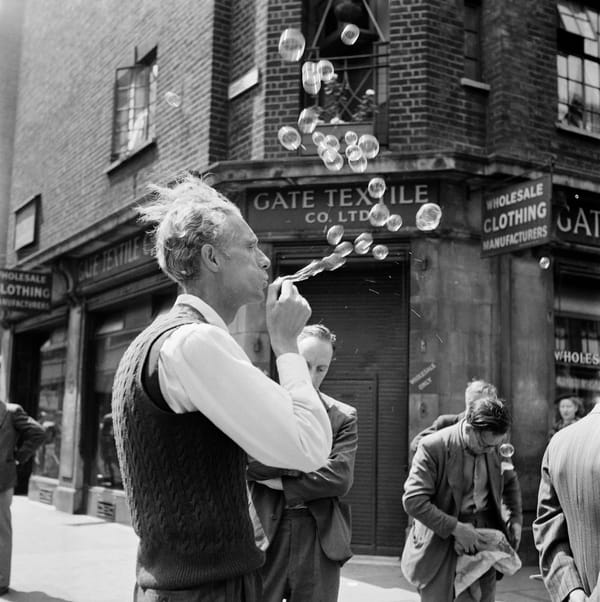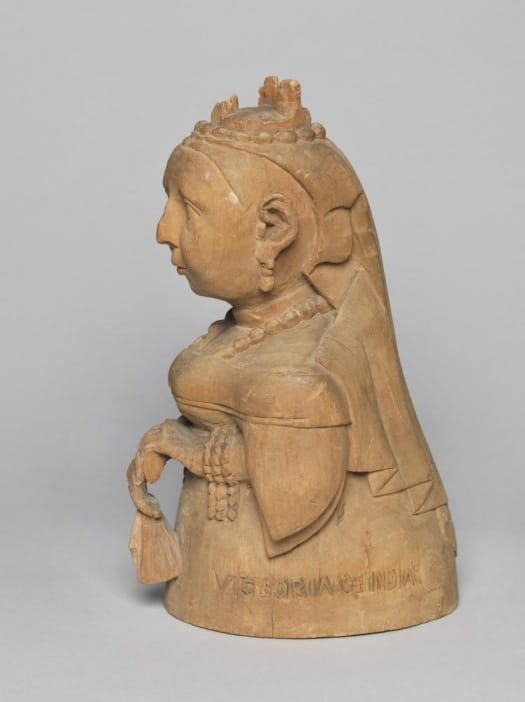But first, let me take a selfie
Tate Modern's exhibition explores the age-old relationship between photography and performance

Does the appeal and purpose of performance art lie partially in its ephemeral nature? Or can photography be integral to preserving the performance for contemplation, and even to creating a new meaning in the work? It is the latter that Tate Modern’s exhibition Performing for the Camera explores by bringing together photographs across many time periods – photographs used to document the performances as well as those used by artists themselves to produce their own art.
The works of art showcased vary in purpose from statements about female identity and politics to witty concepts, and include famous pieces by household names such as May Ray, Jeff Koons, Andy Warhol, Yayoi Kusama, Ai Weiwei alongside unique less-known gems.
Some of the older photographs capture and still beautiful moments of a performance for contemplation and aesthetic admiration, for example dancers in stylish costumes. Other newer pictures are slightly disturbing and unsettling, as modern conceptual performance art tends to be.
Notable works include Man Ray’s photographs of the surrealist artist Meret Oppenheim, as well as the self-portrait he took of himself dressed in Marcel Duchamp’s alter-ego character Rrose Sélavy (a pun on Eros, c’est la vie) in portraying the concept that an identity can be shared by different people.
In the same Self/Portrait gallery, female identity is artfully explored in works of Cindy Sherman and Tokyo Rumando. The former exposes conventions and clichés underpinning cinematic image and how these construct and perpetuate ideas of female identity through imaginary publicity shots for non-existent movies. Truly, the roles she portrays are surprisingly very stereotypic and common of how Hollywood presents female characters. The latter’s impressive collection of photographs uses photomontage to show Tokyo Rumando gazing into a mirror that reflects an alternative version of herself to explore how spectatorship and objectification of women influences female identity.
The three photographs of Ai Weiwei’s famous performance “Dropping a Han Dynasty Urn” are a powerful demonstration of a theme of this exhibition which is that photography is often an integral part of the performance. The three photographs document the sequence of the performance, from the artist holding the urn, then its fall caught in mid-air, and concluding in the shattered pieces of the 2000 year old urn. Here, photography serves two purposes. Firstly, it acts to preserve the otherwise ephemeral moment. Without capture, Ai Weiwei’s performance wouldn’t have such a profound meaning, as it would be over in mere seconds and could not be reproduced. Capturing, however, allows the performance to persist and be re-experienced over and over again, and this preservation is precisely what allows it to have its highly provocative effect. Secondly, the fact that Ai Weiwei is emotionlessly gazing straight into the lens throughout the performance allows the photograph to give a new meaning to the performance. This way it emphasizes the artist’s ambivalent attitude towards destroying the artifact in a nation that venerates its cultural traditions – the provocative meaning of the performance is, again, more powerfully conveyed through photography. The performance and the photography of it are two inseparable elements both equally crucial to the art piece and its message.
What this exhibition doesn’t lack in is the variety of unique and unexpected concepts, one of which is how widely-distributed PR images of artists’ exhibitions may exploited by the artist himself to convey a message, to be works of art in themselves. For example, shown here are such images used by Jeff Koons to promote his Banality exhibition, in which he is shown as an impossibly glamourous celebrity. This way the promo images convey a message in way not unlike his “true” artworks showcased in the promoted exhibition.
Performing for the Camera ends with the Performing Real Life room. Such a conclusion is quite logical, as currently the most widespread and accessible use of photography is through social media, which encourages instantaneous chronicling of private daily life. Society’s common current use of social media and Instagram to document an individual’s real life allows the artist Amalia Ulman to exploit this conventionally accepted function in order to create an imaginary life in her Excellences & Perfections series. The three photographs of “Instagram updates” create and enact a tale of an innocent blonde who moves to LA, develops a drug addiction, and finally discovers healthy living. Moreover, these works truly originate from the artist’s Instagram account, which takes the message of her work out of the gallery and into real life itself, as the boundaries between her real and constructed lives are blurred to her Instagram followers.
In addition to exploring the symbiotic relationship between performance and photography, Performing for the Camera subtly explores the evolution of photography (from film to digital and social media) and the subsequent influence on performance art as artists adapt to this evolution. In its extensive scope across time periods and genres, the works shown offer witty concepts, aesthetic value, political commentary, and everything in between. No matter what your taste is, you’re likely to find something here to enjoy and appreciate.
Performing for the Camera is on at Tate Modern until 12 June.







